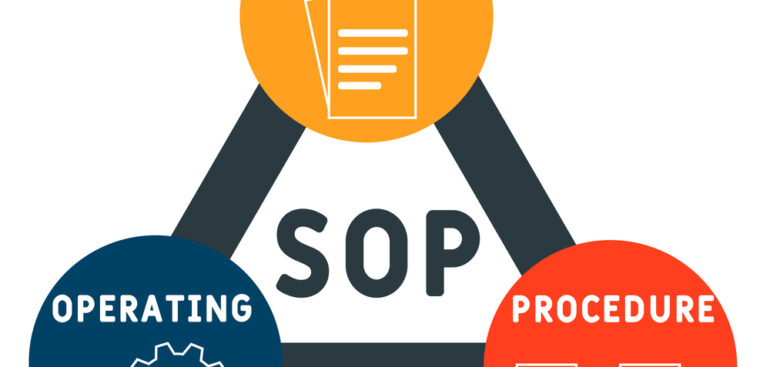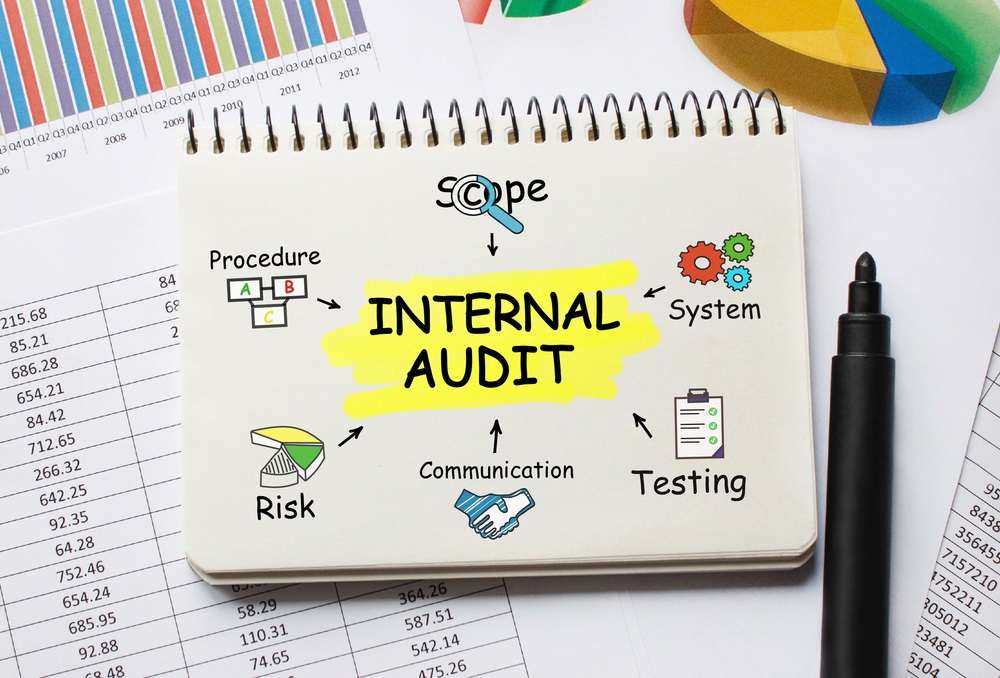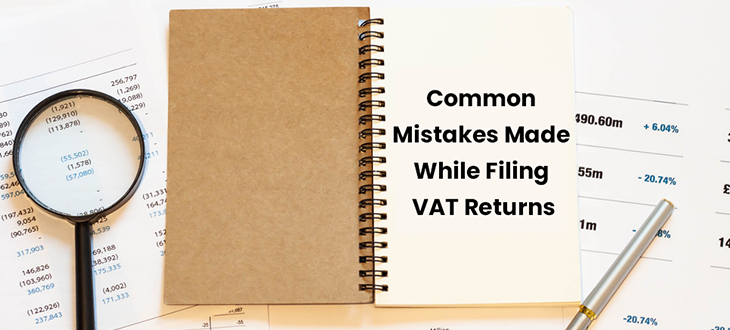Internal audit is an analytical method that can be your valuable decision-making tool to improve business performance and management after investigating and understanding cost inefficiencies. You can significantly make organizational controls better with the help of the unbiased, independent analysis of business processes, workflows, and systems.
7 Types of Internal Audit Methods
Why internal audit?
From recognising enterprise-wide performance loopholes to getting insights into the company’s financial statements data, identifying risk areas to evaluating the accuracy of transactions – an internal audit critically assesses the completeness concerned with the organization’s financial and non-financial aspects. 7 types of Internal Audits include the following:
1. A Compliance Audit
What is a compliance audit? It is the most practised type of IA where auditors check each phase of the process thoroughly to ensure that every workflow perfectly complies with established (federal, international, or state) laws, policies, and regulations. Finances, as well as operating controls, are critically reviewed for adherence to standards.
A compliance audit lets you highlight gaps between requirements that govern the conduct and company procedures. If your organization follows any other reporting entity, your management must stay acquiescent to the laws and regulations provided by the entity to avoid regulatory action. The nature of laws can significantly vary depending on the industry.
Failure to conform with laws or other restrictions may cause you to lose money worth millions of dollars. Or worse, your company can be suspended in certain dominions, negatively impacting your financial health.
How can internal audit add value to the business? The auditors help you stay compliant with international standards on auditing by delivering an unbiased judgement on the company’s compliance requirement and advising you on value-adding training.
2. An Operational Audit
Simply put, it is an in-depth analysis focused on evaluating productivity, efficiency, and effectiveness of internal controls of every vital development procedure, critical business operation, and system. An operational internal audit is helpful to ensure that company’s financial and non-financial resources are utilized most efficiently and cost-effectively per the guidelines presented by the Board of Directors, without compromising professional objectives.
Operational Audit techniques are best-defined in a combination of the 3 Es: Effectiveness, Economy, and Efficiency.
Also called performance audits, they let you make significant and much-needed improvements for operating excellently. Consider an operational audit report an ideal way to assess how new management and the current staff are handling processes.
If your management fails to execute operations at its full potential, you may experience reduced profit performance, inability to achieve objectives, an unfair relationship between economy and efficiency, and unjustified use of extra resources.
3. A Financial Audit
Internal financial audits are performed with peculiarity to objectively inspect and appraise internal control processes to get an estimate of generated revenues and expenditures. It evaluates the accuracy of the company’s financial statements to keep financial records, including transactions, up to date. Your company budgets need to be settled by comparing income to expense reimbursements.
Internal auditors provide the management with authenticated and verified figures (in the form of financial audit reports) from accounts that perfectly represent the organization’s current financial well-being. Nonetheless, it is imperative to minimize risks of bankruptcy, recognise potential weaknesses in workflows, and make enhancements to bring precision in reporting compliance to laws and regulations.
Why do we audit financial statements? Your inefficient records and false financial statements can result in huge losses of capital assets, putting you in a challenging fiscal condition.

4. An Information Technology Audit
IT auditing is solely dedicated to evaluating IT infrastructures and performing real-time assessments to guarantee the accuracy of running applications, operating systems, and databases. This evaluation provides a 360-degree overview of the management looking after information technology environments.
Apart from determining input, output and processing controls. It is carried out to check the precision of backup and recovery plans as well as system security. It is performed alongside compliance, operational, and financial audits to give computer facility reviews (controls, hardware, software, security, documentation).
If automated information processing systems fail to perform proficiently or you are unaware that these systems are utilized effectually. Your company can lose confidential data or experience a data breach.
Why internal audit is required? Information technology control and audit help you find the loopholes and possibilities to upgrade the system, bring IT accuracy and identify processing capabilities. Without fortified and keenly appraised IT infrastructure, confidential information can be at risk.
5. Investigative Audits
This auditing and investigation are only conducted when needed to evaluate an exceptional circumstance. The most common causes that can ask you for special investigations include:
- Internal theft
- Misuse of assets
- Hotline allegations
- Conflicts of interest
Internal audit fraud investigation is primarily required when the company has become the target of alleged federal or state laws violations. It keeps you mindful of the company’s expertise, independence, and complaints from staff.
6. Environmental Audits
An assessment is carried out to evaluate the influence or impression of a firm’s existing operations on the surroundings. Along with ensuring compliance with environmental laws or regulations to save the planet. The internal audit function is to weigh if the management is using methods that are eco-friendly and minimizes energy consumption. Environmental Audit reports may add value to your business.
Well, your companies must be environmentally conscious and safely source raw materials to minimize environmental damage. Such as reduced greenhouse gas production.
7. Construction Audits
Least practised internal audit (technical audit of construction projects) where inspections are performed to certify that the building is made following suitable physical development procedures and appropriate project billing. A construction project audit is beneficial to keep you adhering to the contract terms and invoicing activity as necessary.
Construction internal audit tasks are executed by development, operating, real estate, and construction companies.
Profits Plus for Maintaining a Good Internal Control System
Experienced and skilled accountants at Profits Plus provide quality assurance and top-tier consultant service through the internal audit process. We let your company achieve professional missions by checking the effectiveness and efficiency of the procedures
From evaluating risks to mitigating them, detecting fraud and errors to scrutinizing the economy – our internal quality audit procedure helps you improve operational internal controls and reliability over financial statements/reporting.

















